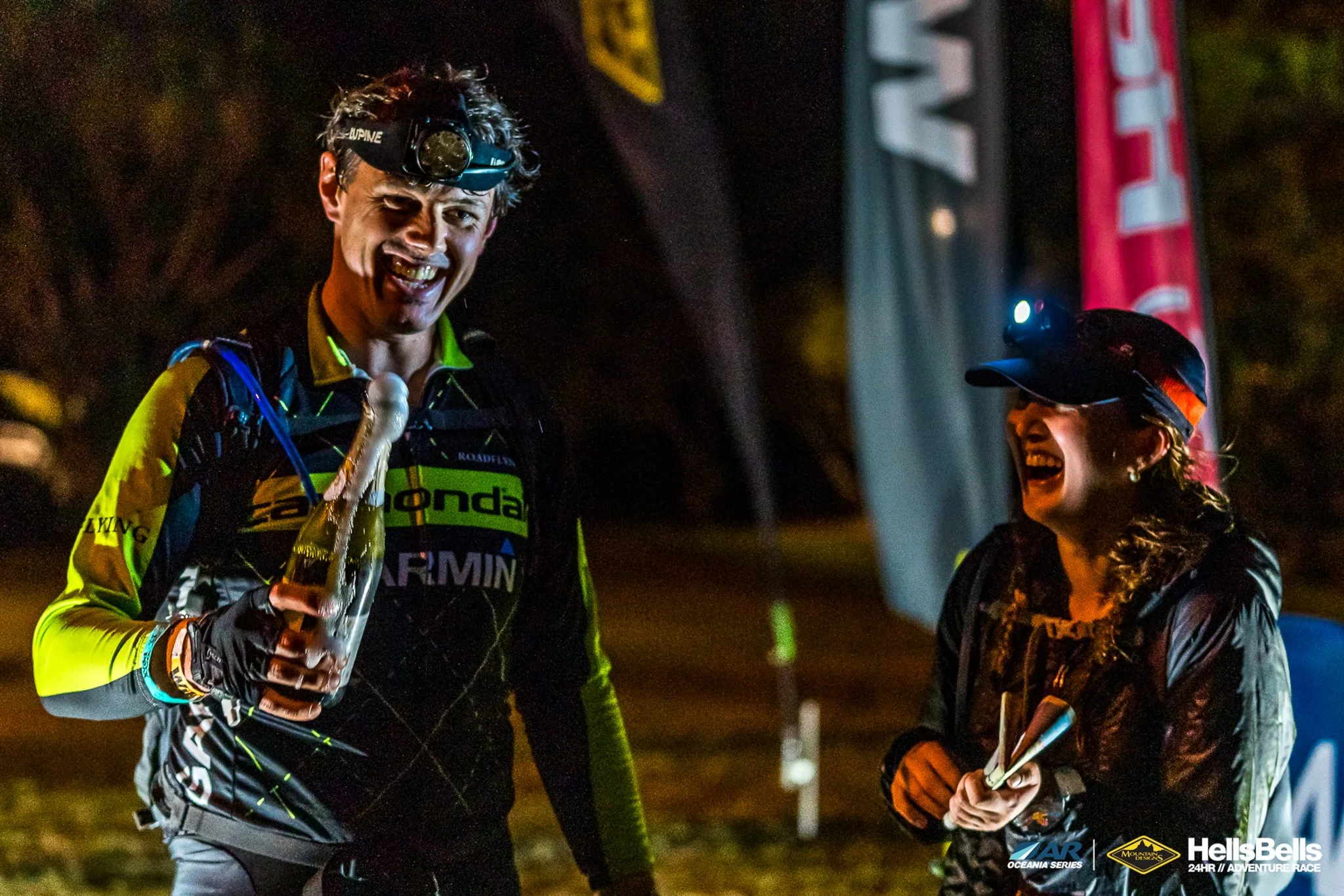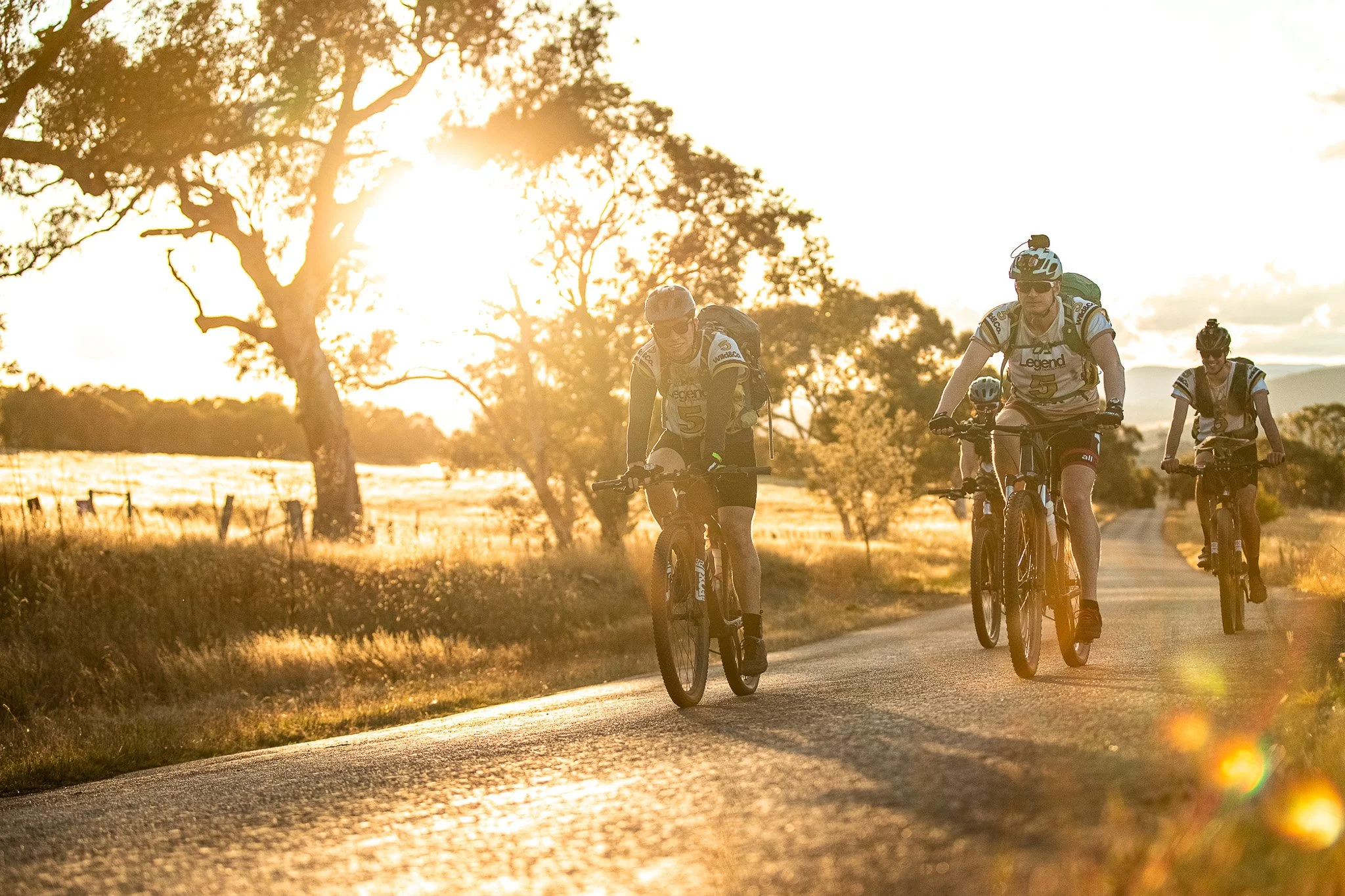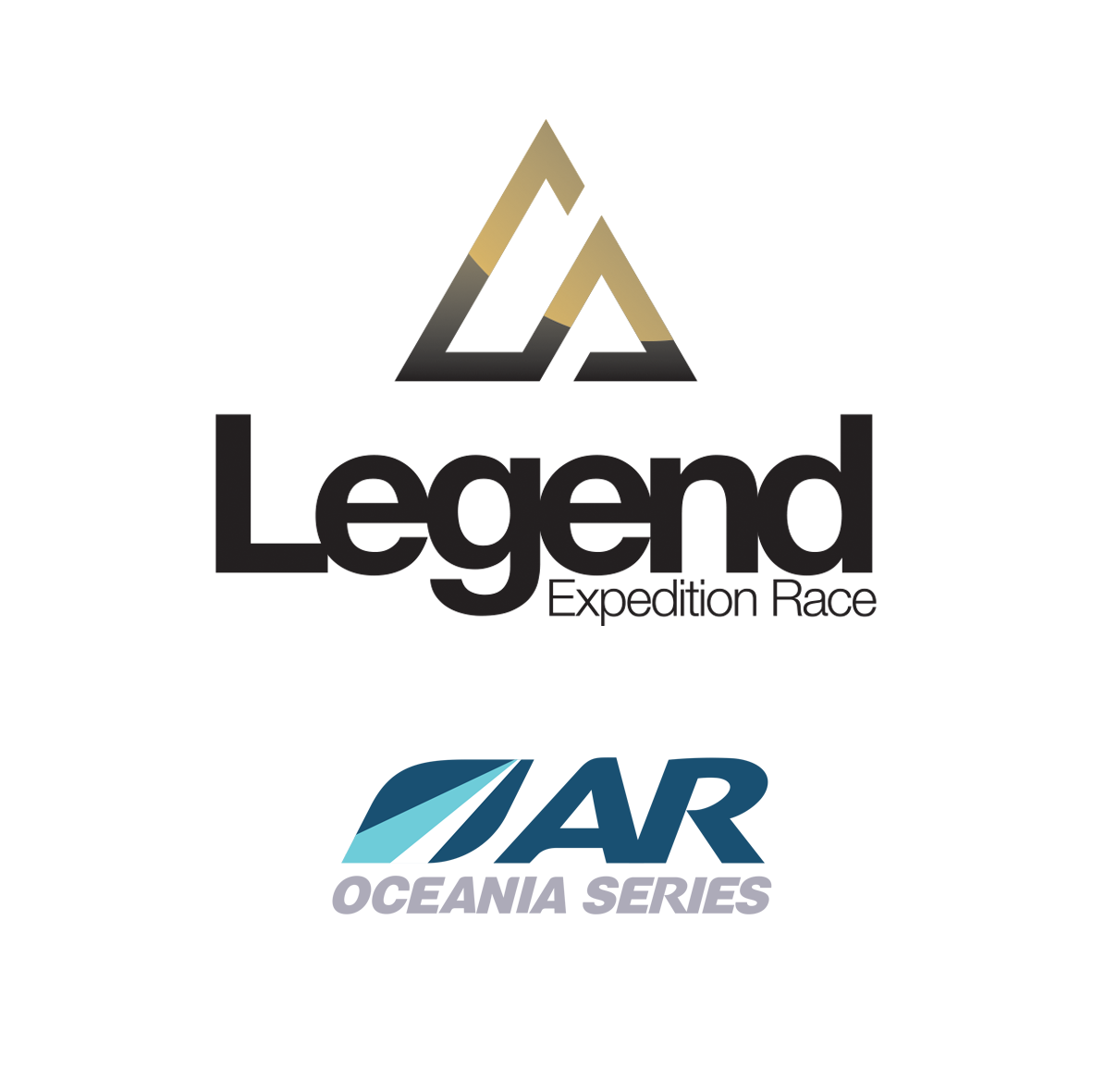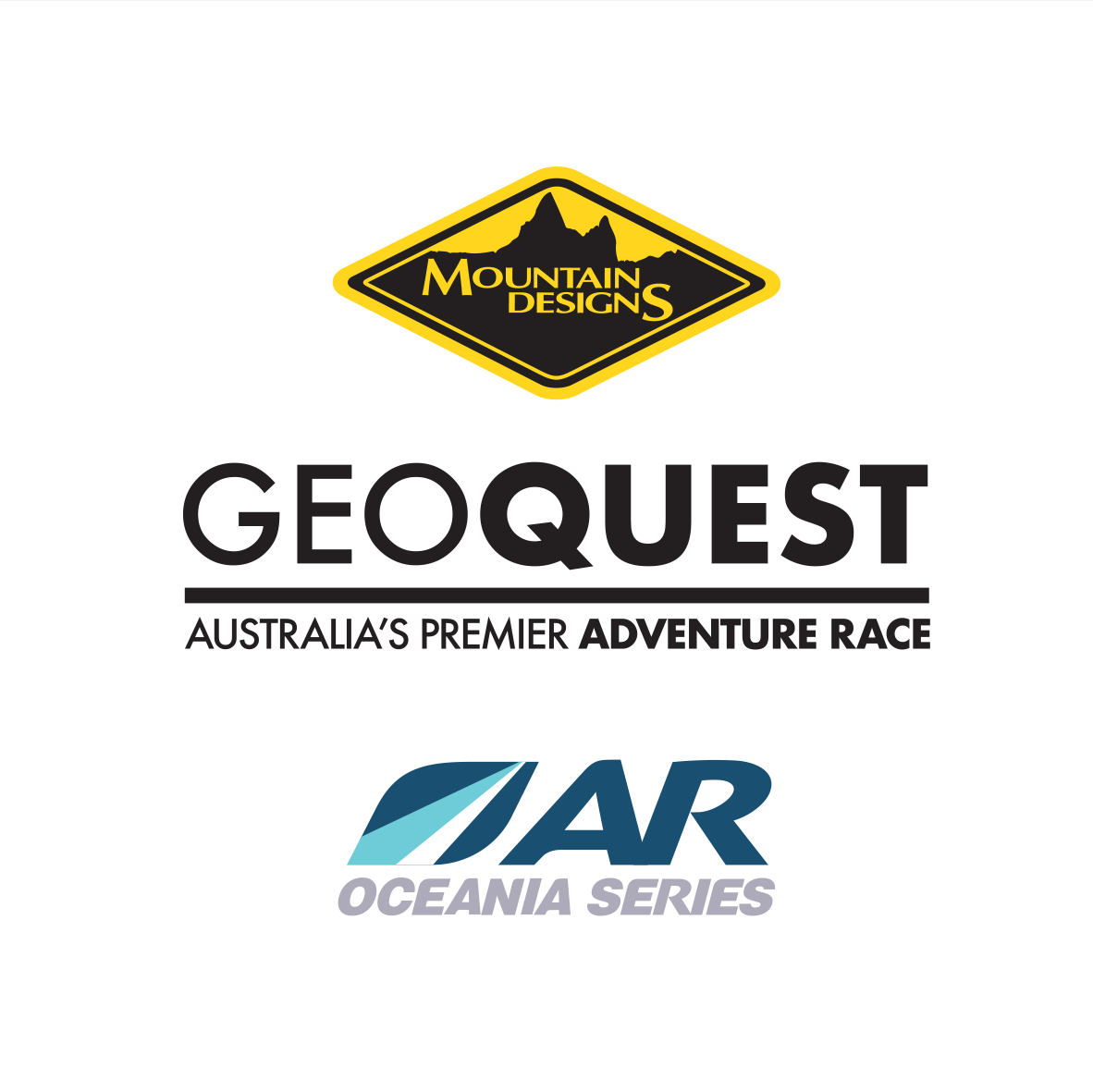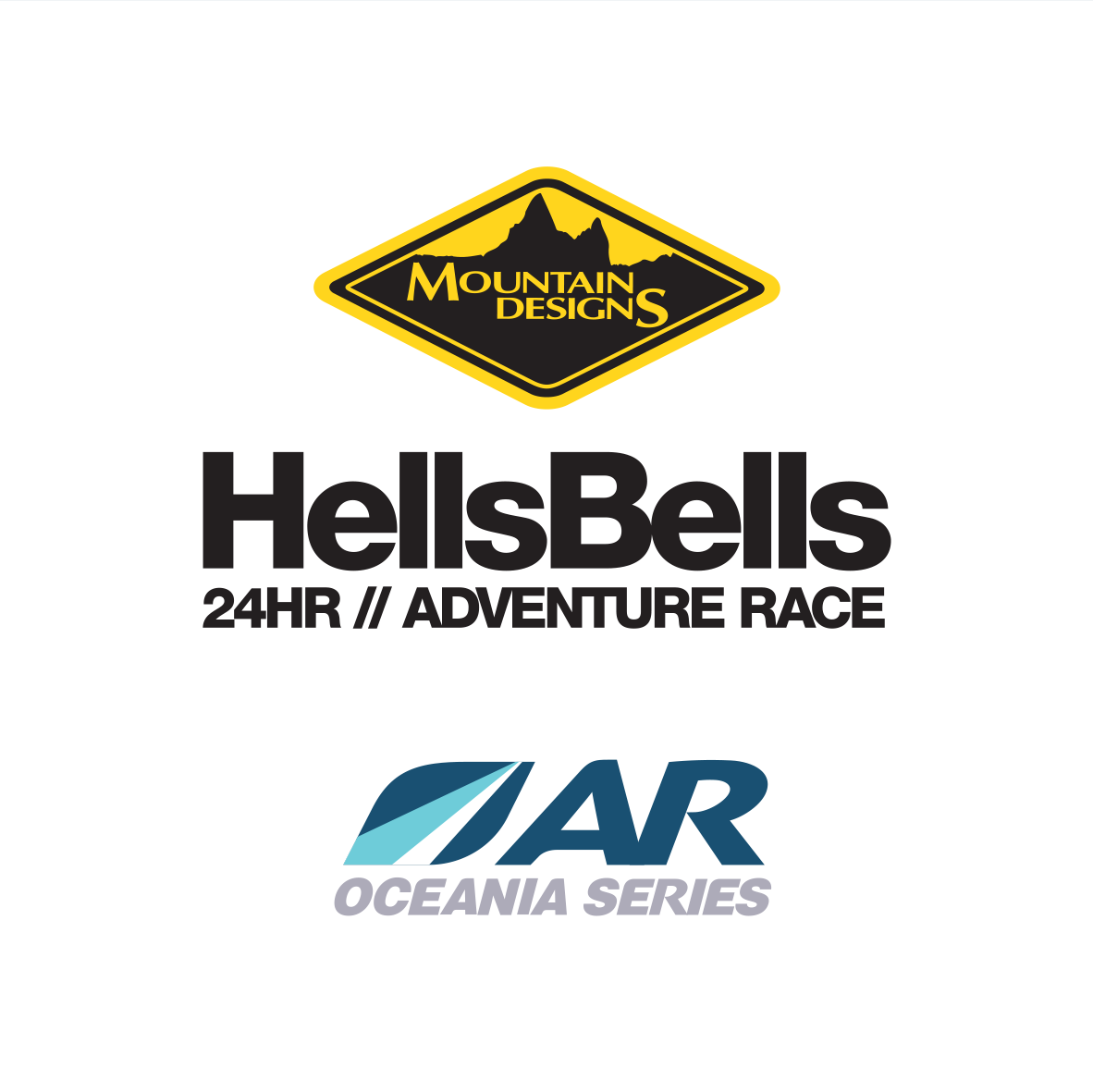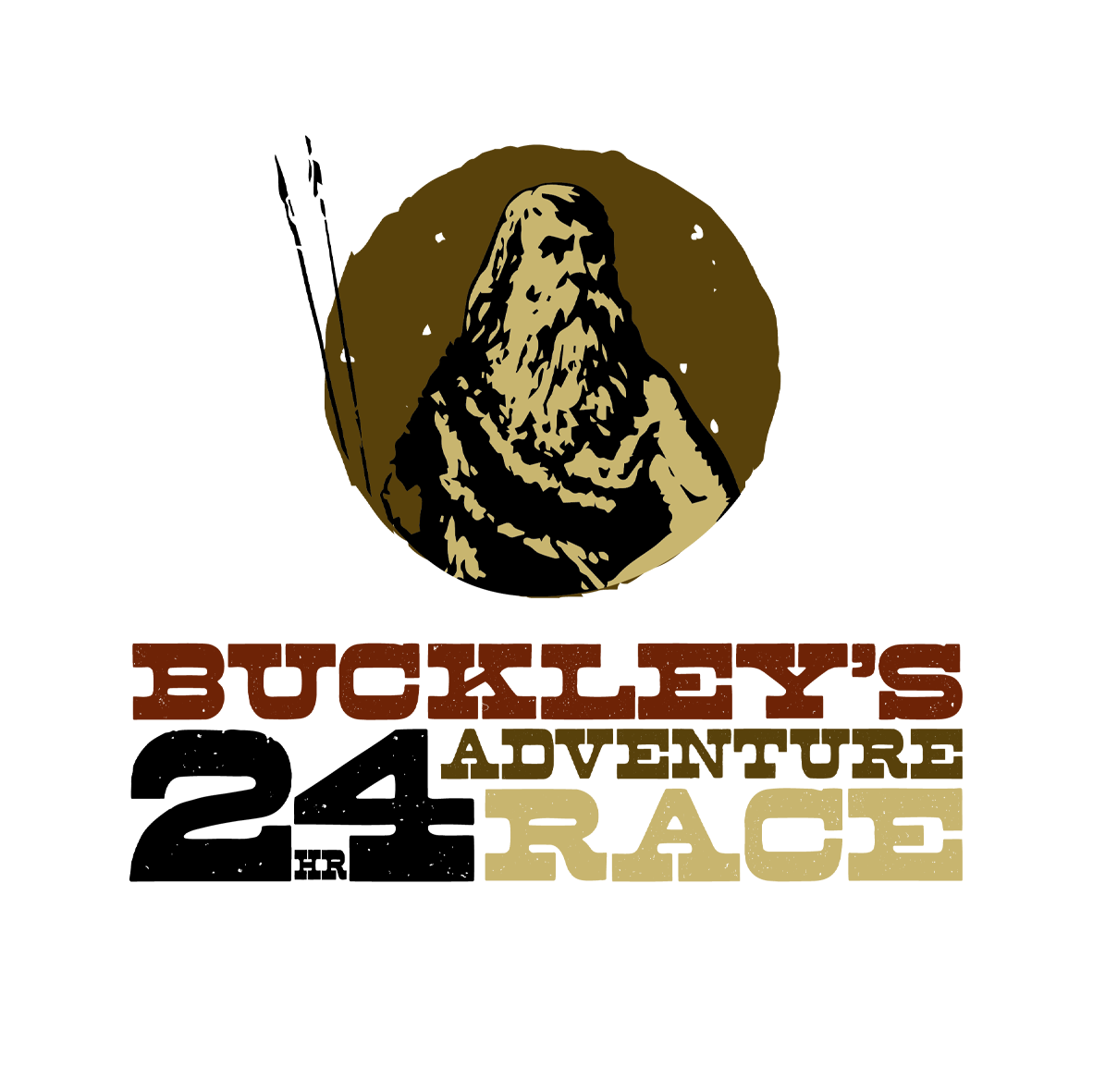Legend NSW – late afternoon on day one.
Adventure Race Training at Every Level: From First-Timer to Podium Chaser
Adventure racing is wild, unpredictable, and unlike anything else in endurance sport. You might be paddling across a lake at sunrise, navigating a trail in the dark, or dragging your bike through a mud pit with your teammates. The beauty of it? Anyone can do it.
Whether you’re a weekend warrior looking for a finish line photo, an endurance junkie aiming to sharpen your skills, or an elite competitor chasing podiums, adventure racing has a training approach for you. The trick is knowing where you are—and how to train smart for that level.
Below, we break down what training looks like for beginner, intermediate, and elite athletes.
1. Beginners: The Finish Line Crew
If you’re new to multi-sport, don’t panic—adventure racing is absolutely achievable. For beginners, the goal is simple: keep moving at a comfortable pace and enjoy the journey.
Training load: 3–4 days per week
Key sessions:
1 kayak or paddle session
1–2 runs (trail if possible)
1 long MTB ride (your most important session)
Extras (if time): Some strength, yoga, or flexibility work
Focus: Endurance at an easy pace, learning how to fuel, and just finishing strong with a smile
Tip: Adventure racing at this level is about consistency. If you can stay moving, eat well, and keep positive, you’ll get across the line.
2. Intermediates: The Adventure Addicts
This is for those with solid endurance backgrounds—maybe you’ve done marathons, trail ultras, or triathlons, and you train most days. At this level, you’re ready to step it up.
Training load: 6–8 hrs per week (5–6 sessions)
Key sessions:
2–3 runs (one long, one tempo/hills, one easy or interval-based)
2–3 rides (one long MTB, one endurance/tempo, one skills or intervals)
1 paddle session (longer if your race has big water stages)
1 optional strength/core session
Focus: Balancing endurance and intensity, building durability, training with your team, and adding navigation to long sessions
Tip: This is where racing feels more strategic: you’re pushing yourself, but you’ve also got the experience to keep going when it gets tough.
3. Elites: The Podium Hunters
Now we’re talking next-level. If you’ve got years of endurance racing under your belt (Ironmans, ultras, elite cycling, kayaking), the podium chase is on. But make no mistake: this takes commitment.
Training load: 12–16+ hrs per week (9–10 sessions)
Key sessions:
3 runs (intervals, endurance, long trail)
3 rides (intervals, tempo, long 4–6 hr off-road ride)
2–3 paddles (intervals, technique, long paddle)
1–2 strength/core sessions
Navigation practice built into long endurance sessions
Focus: Volume, precision, recovery management, and race-specific simulation (night sessions, multi-discipline bricks, fueling strategy)
Tip: At this level, professional coaching is essential. Your training needs are individual, and expert guidance ensures you peak at the right time without burning out.
Quick-Glance Training Table
| Level | Hours | Sessions | Essential | Goal |
|---|---|---|---|---|
| Beginner | 3–6 hrs | 3–4 | 1 kayak, 1–2 runs, 1 long MTB | Just finish, enjoy it |
| Intermediate | 6–8 hrs | 5–6 | Mix of runs, rides, 1 paddle, optional strength | Get stronger, race smarter |
| Elite | 12–16+ hrs | 9–10 | 3 runs, 3 rides, 2–3 paddles, strength, nav | Chase the podium |
The Bottom Line
Adventure racing really is for everyone. Beginners can keep it simple with just a few weekly sessions and still cross the line. Intermediates can build fitness and teamwork to make the race more enjoyable (and competitive). Elites… well, they live and breathe it, with big hours, precision, and podium dreams.
Wherever you sit, the magic is the same: adventure racing pushes you in ways no treadmill or pool session ever could. Grab some friends, get outdoors, and start training—you’ll thank yourself at the finish line.
References
Friel, J. (2015). The Triathlete’s Training Bible. VeloPress.
Seiler, S. (2010). What is best practice for training intensity and duration distribution in endurance athletes? International Journal of Sports Physiology and Performance, 5(3), 276–291.
Fitzgerald, M. (2016). 80/20 Triathlon. Da Capo Lifelong Books.
Millet, G. P., & Bentley, D. J. (2004). Physiological characteristics of elite triathletes. Sports Medicine, 34(7), 444–459.
Knechtle, B., & Nikolaidis, P. T. (2018). Physiology and pathophysiology in ultra-marathon running. Frontiers in Physiology, 9, 634.
Zaryski, C., & Smith, D. J. (2005). Training principles and issues for ultra-endurance athletes. Current Sports Medicine Reports, 4(3), 165–170.

